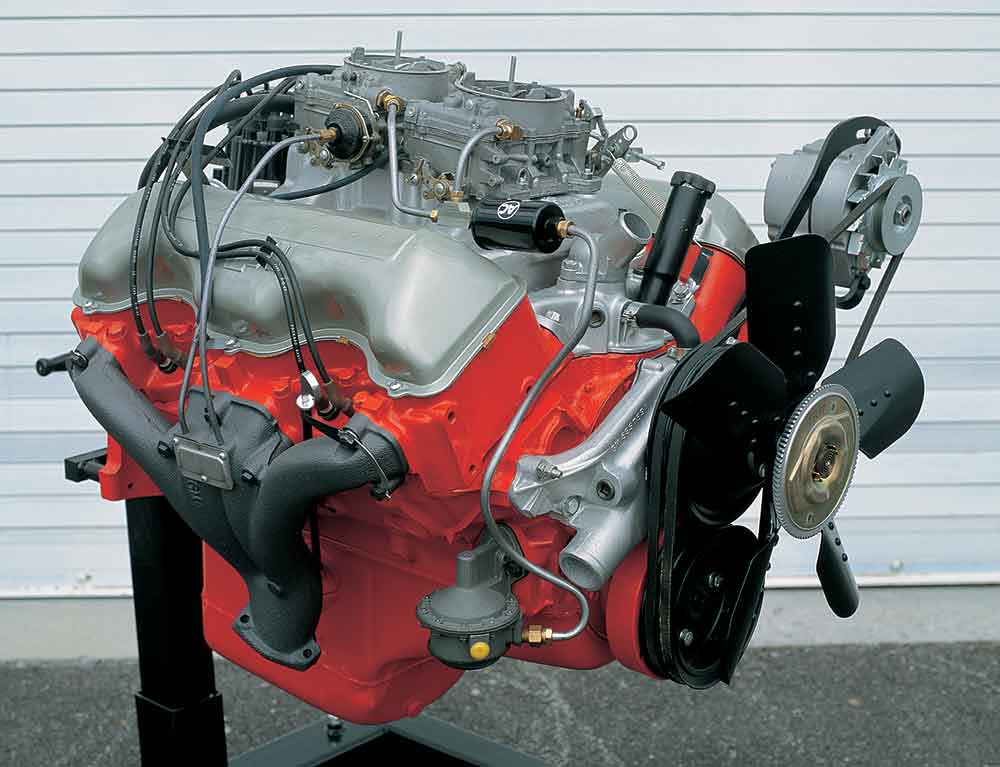
The Complete Book of Classic Chevrolet Muscle Cars 1955–1974
by Mike Mueller. Book review by Gary Smith
 Musclecars in general and Chevrolet Musclecars in particular are the subject of many books already out there. What sets this book apart is the emphasis on Chevrolet performance engines and engine development. There are seven David Kimble cutaways, four factory cutaways, and 48 very good engine compartment shots of restored, rare engines. Hose clamp restorations.
Musclecars in general and Chevrolet Musclecars in particular are the subject of many books already out there. What sets this book apart is the emphasis on Chevrolet performance engines and engine development. There are seven David Kimble cutaways, four factory cutaways, and 48 very good engine compartment shots of restored, rare engines. Hose clamp restorations.
Tagging along with descriptions of option availability, production figures, quotes from magazine reviewers, and performance data, there are lots of interesting trivia tidbits about what was going on behind the scenes with advertising and marketing, engineering problems and solutions, what was going on with the competition, and other corporate insights.
There are several sidebar lists documenting Chevy’s engine history, including Super Sport Family Tree; RPO Codes; Gen-I Small Block Family Tree; Mk. IV Big-Block Family Tree; 1955 V-8 Bel Air Hardtop/Convertible specs; Chevrolet’s Hottest Small-Block V-8s 1955–1969; 1958 Impala Specs; 1958–1961 348-cubi-inch W-engines; 1961–1965 409 V-8s, 1961, ’62, ’63, ’64, ’65, ’66, ’67 Impala SS specs; 1963 Z11 specs, Mark Motors; 1967 Impala SS Powertrains; 1968 Impala SS 427; 1968 Impala SS Powertrains; 1969 Impala SS 427 specs; and 1961–1969 Impala SS Production Figures.
Nova: 1964, ’65, ’66, ’67, ’68, ’69, ’70, ’71 Nova specs;1968 COPO 9738, 1970 Yenko Deuce; and 1963–1971 Nova Super Sport Production Figures.
Chevelle: 1964, ’65, Chevelle SS specs; 1965 Chevelle SS (Z16) specs; 1966 , ’67, ’68, ’69 Chevelle SS 396 specs; 1968 El Camino SS 396 specs; 1964–1966 Chevelle/Malibu Super Sport Engines; 1969 COPO 9562; 1970 Chevelle SS 396/454; 1967–1973 Chevelle/Malibu Super Sport Engines; 1970 Monte Carlo SS454 specs; 1971, ’72, ’73 Chevelle SS specs; 1971 Monte Carlo SS454 specs; and 1964–1973 Chevelle/Malibu Super Sport Production Figures.
Camaro: 1967, ’68, ’69, ’70 1/2, ’71, ’72 Camaro SS specs; 1969 COPO Camaro specs; 1967–1972 Camaro Super Sport Production Figures; 1967, ’68, ’69, 70 1/2, ’71, ’72, ’73, ’74 Camaro Z28 specs; 1967–1975 Camaro Z28 Production Figures; and 1967–1974 Z28 V-8s.
Description from the Publisher
Chevrolet didn’t invent the overhead-valve pushrod V-8 engine, but without question Ed Cole and company perfected it. And General Motors’ Bowtie division wasn’t the first to put the engine design in a production car, but it was the first to put the engine design in an affordable production car and make it available to the average driver. No other automobile in history so clearly demarcates a before-and-after line in the sand like the 1955 Chevrolet. This was the birth of the affordable performance car, and from the moment the car hit the streets, the experience of driving would never be the same.
The impact that an affordable American sedan with a powerful performance engine had on American society was so great that it not only changed the experience of driving; it changed the psychology of a generation. Prior to the introduction of the 1955 Chevrolet with its V-8 engine, cars had been considered necessary appliances, like refrigerators or vacuum cleaners. With a single stroke, Chevrolet turned American culture into a car culture.
Chevrolet dominated the muscle-car scene throughout the classic era. The Impala SS, with its 409 engine popularized by the Beach Boys, ruled America’s drag strips. The Z16 Chevelle Malibu SS396 became the every man’s muscle car. The Camaro turned the pony car genre into genuine muscle cars. The LS6 engine was the most powerful of the classic era.
The Complete Book of Classic Chevrolet Muscle Cars: 1955-1974 chronicles the all-conquering cars of this incredible 20-year period.
About the Author
Mike Mueller has worked as a freelance automotive photojournalist since 1991. A lifetime car enthusiast, Mueller has written and photographed more than 25 automotive and truck history books and contributed photography to at least that many more. Among his long list of titles are Motorbooks’ Chevy Chevelle 50 Years, The Complete Book of Corvette, The Complete Book of Classic Dodge and Plymouth Muscle, and The Complete Book of Ford Mustang.
Specifications
Published by Motorbooks
Format: Hardcover Book, 176 Pages
ISBN: 9780760352335
Illustrations: 183 color & 37 b/w photos
Size: 9.25 in x 10.875 in / 235 mm x 276 mm
Published: May. 12, 2017
Cost: $40.00


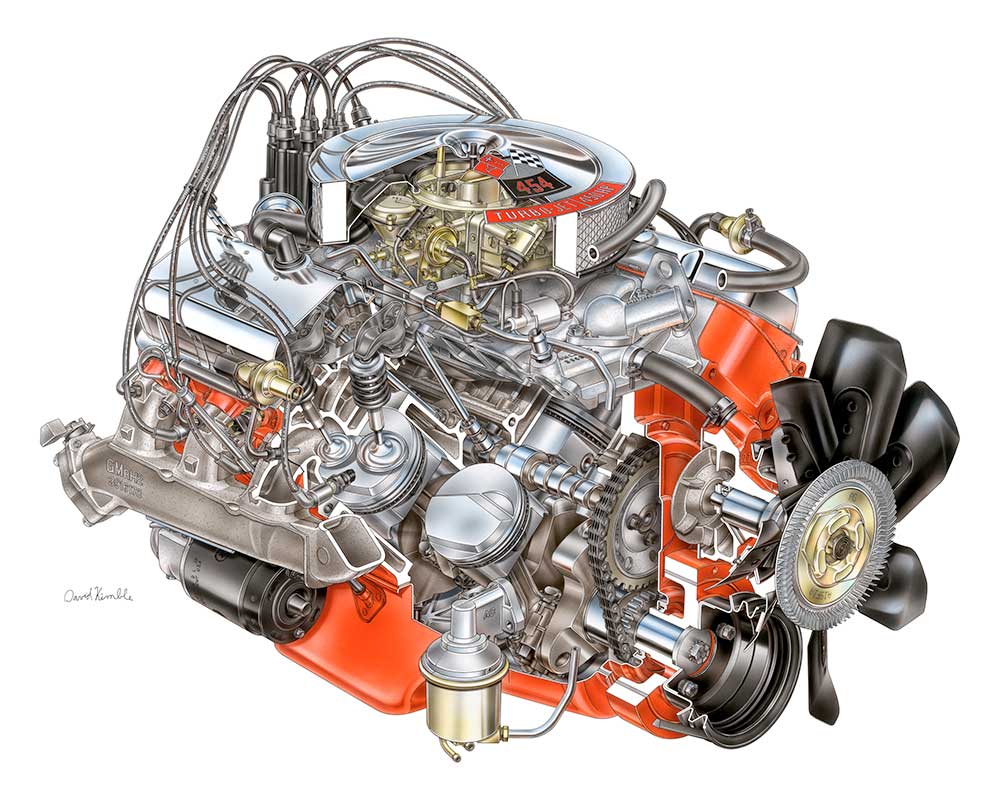
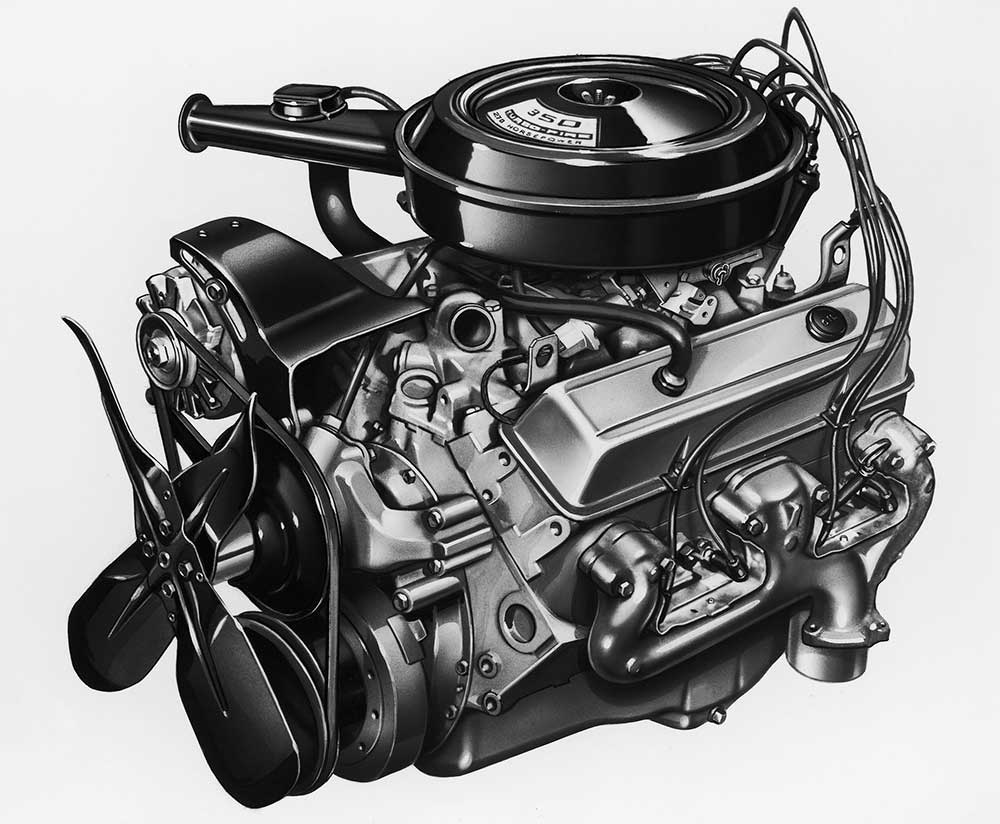
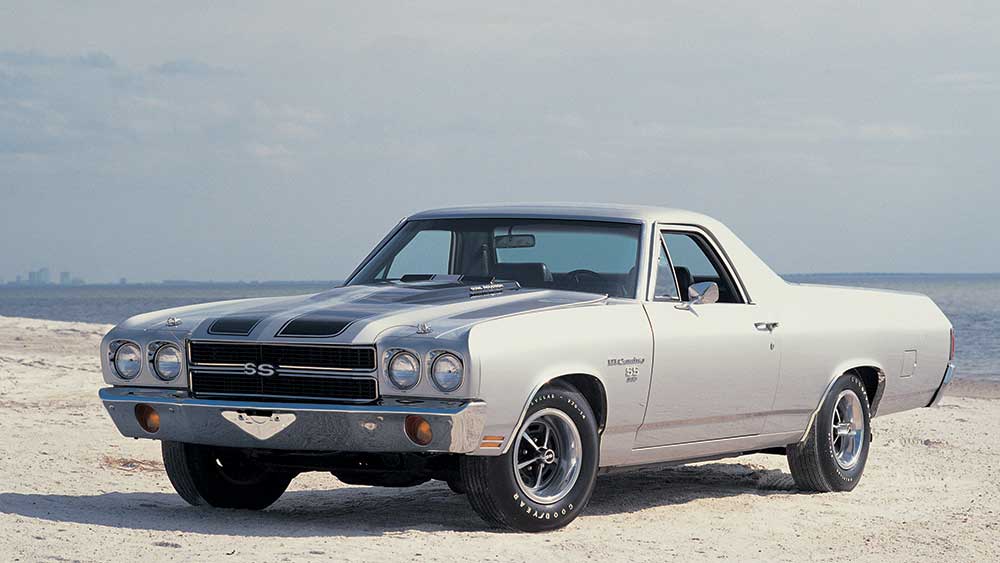
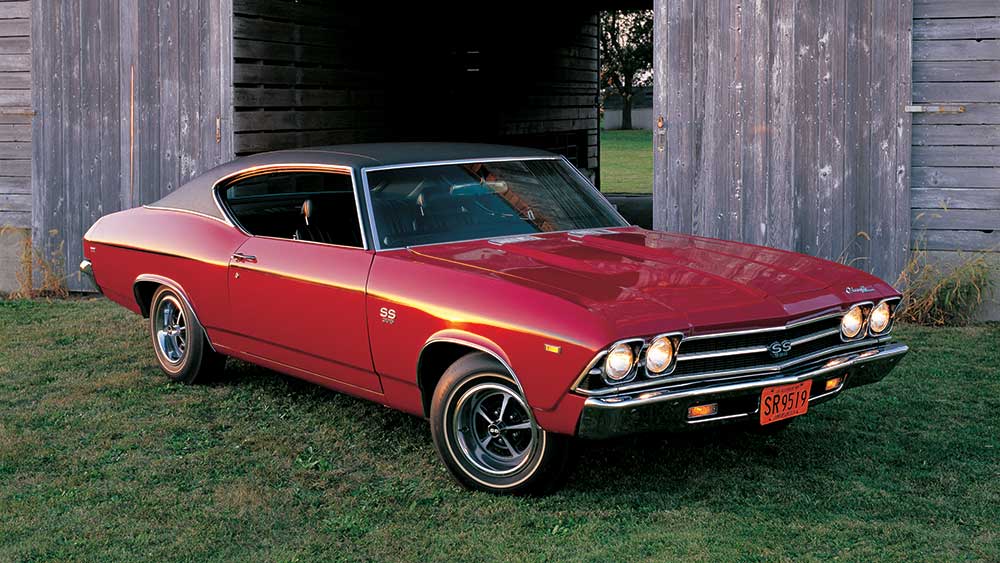
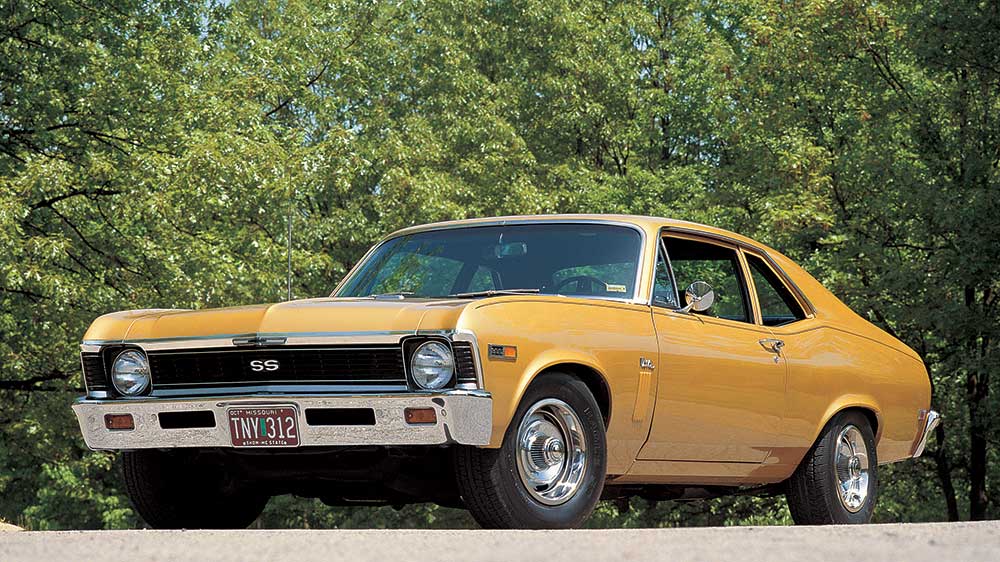
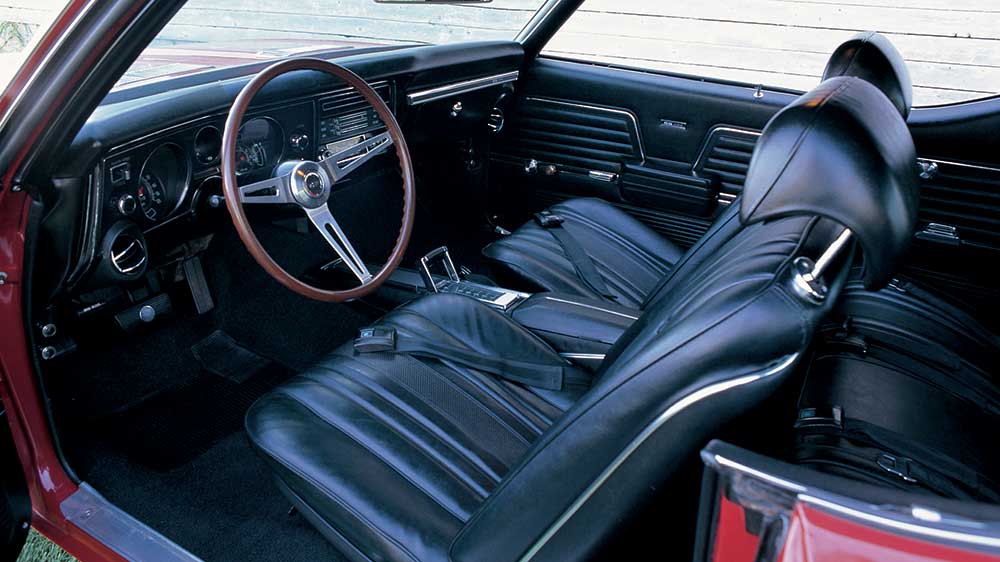
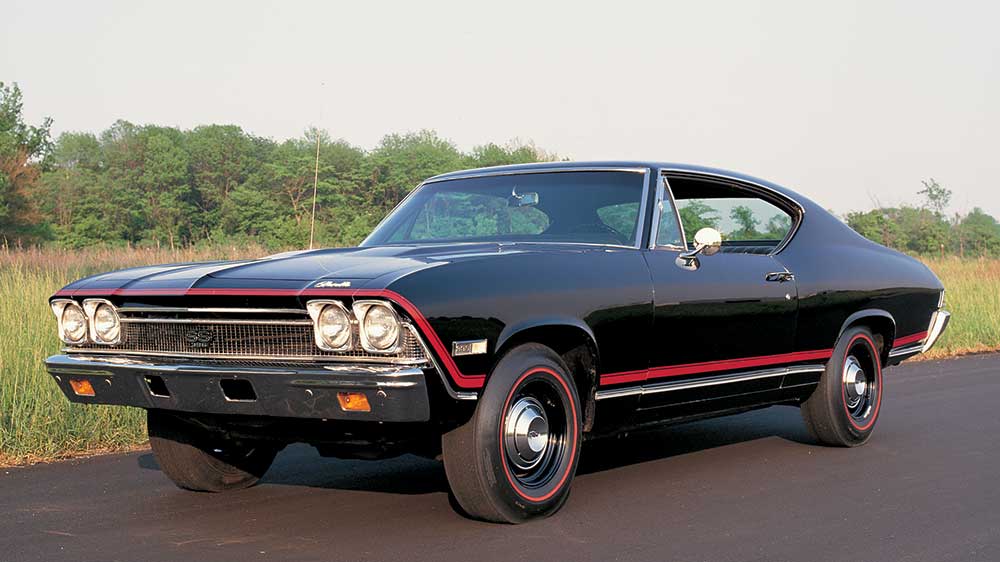
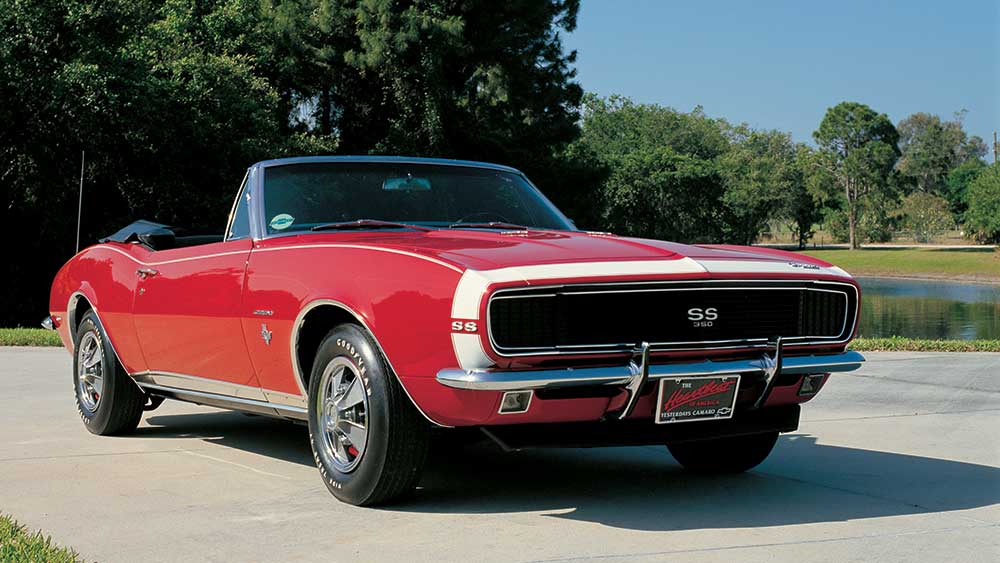
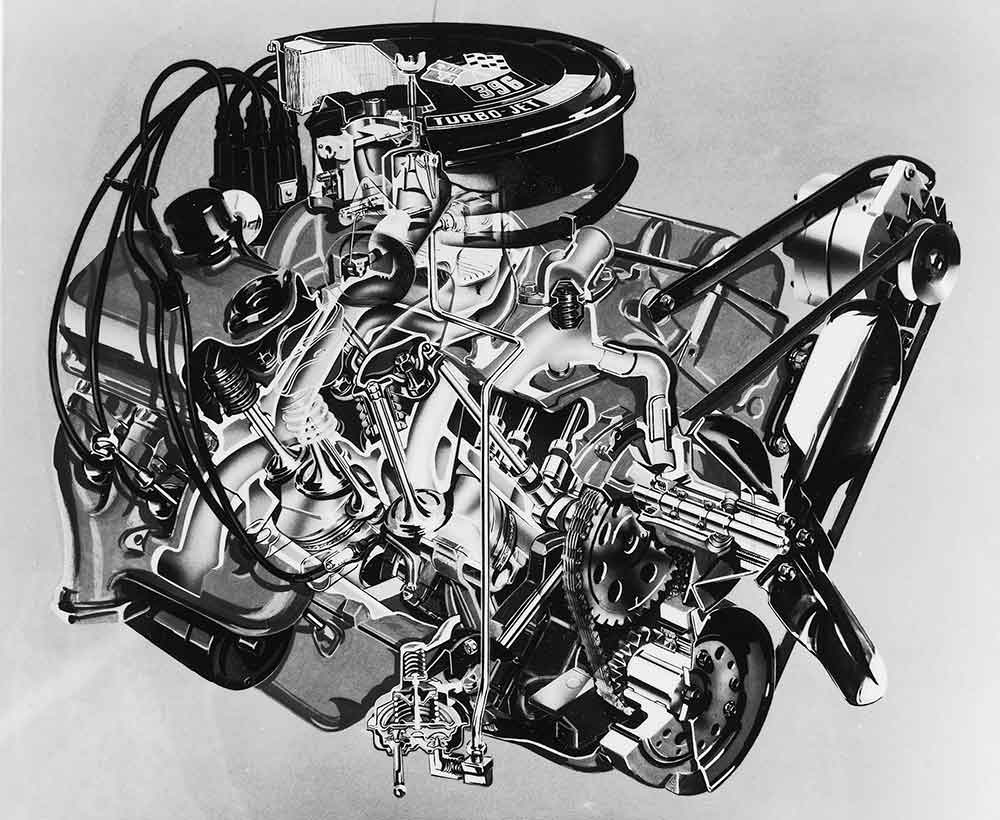
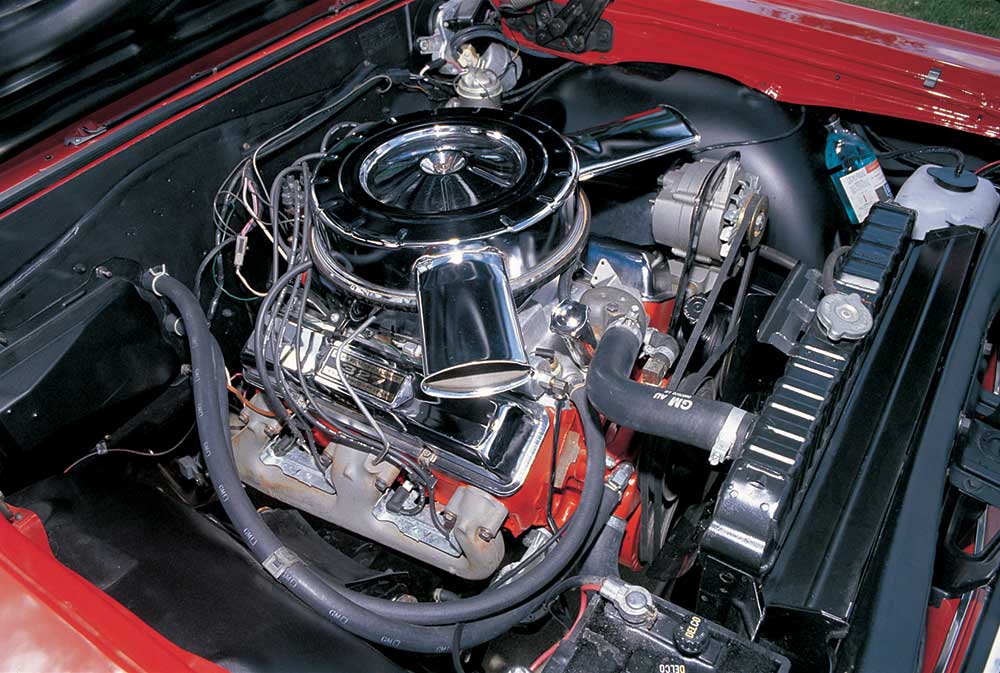
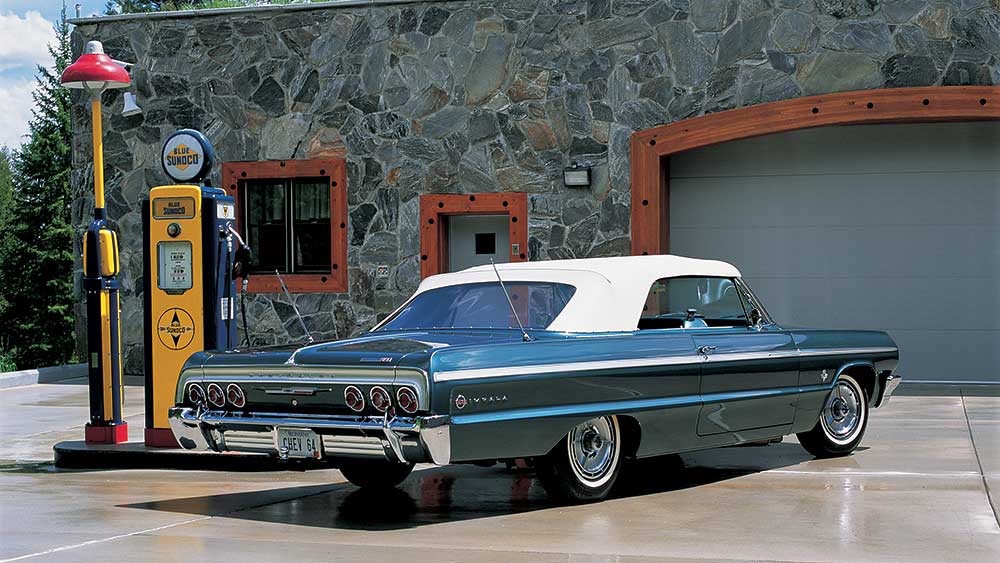
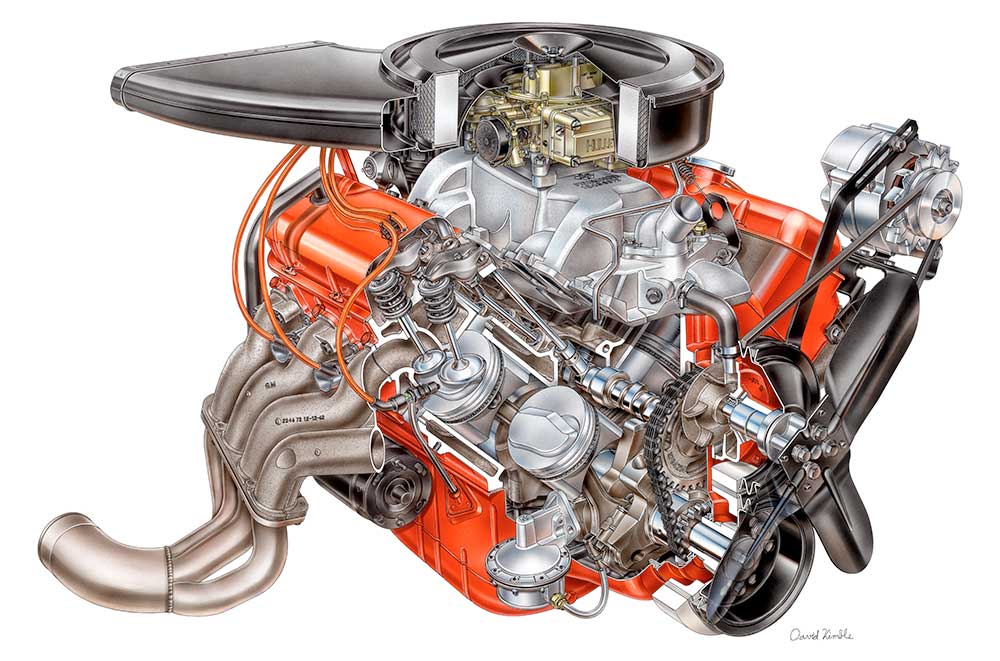
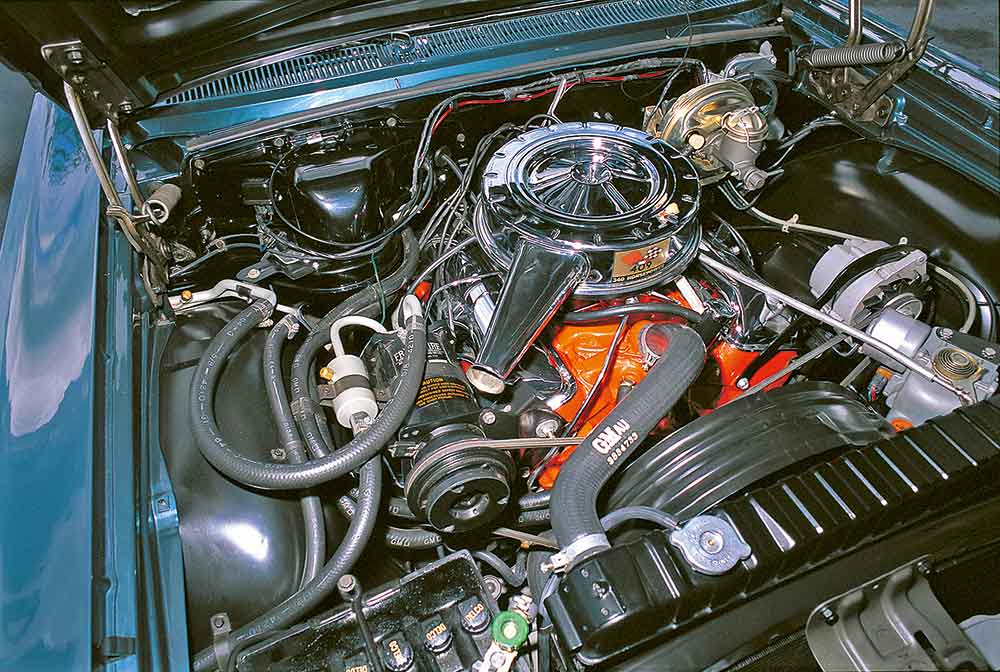
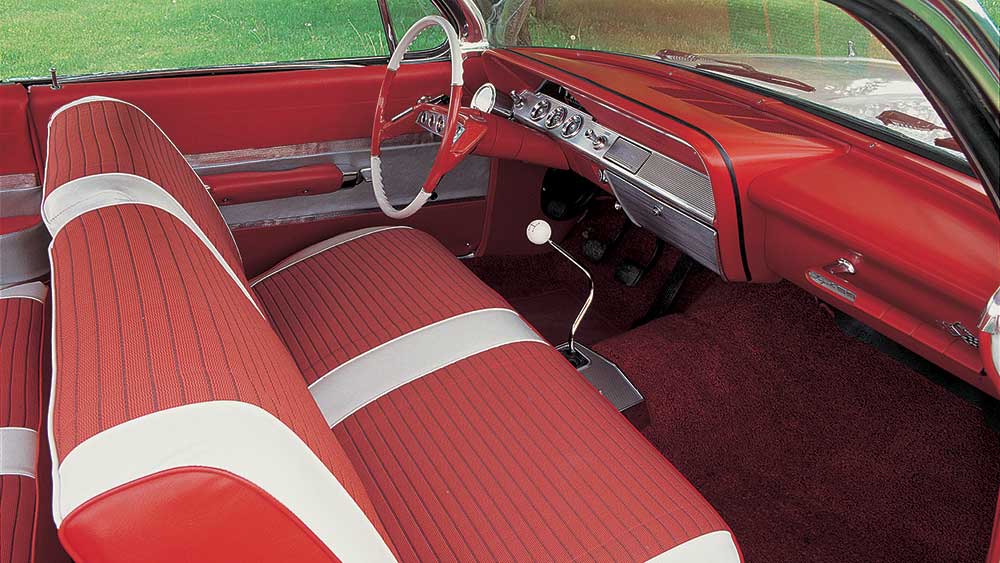
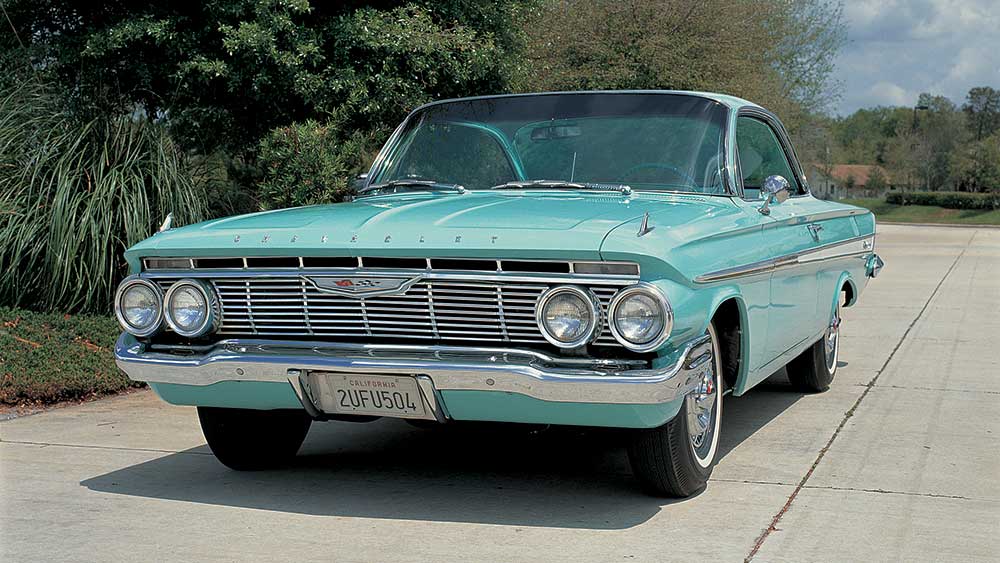
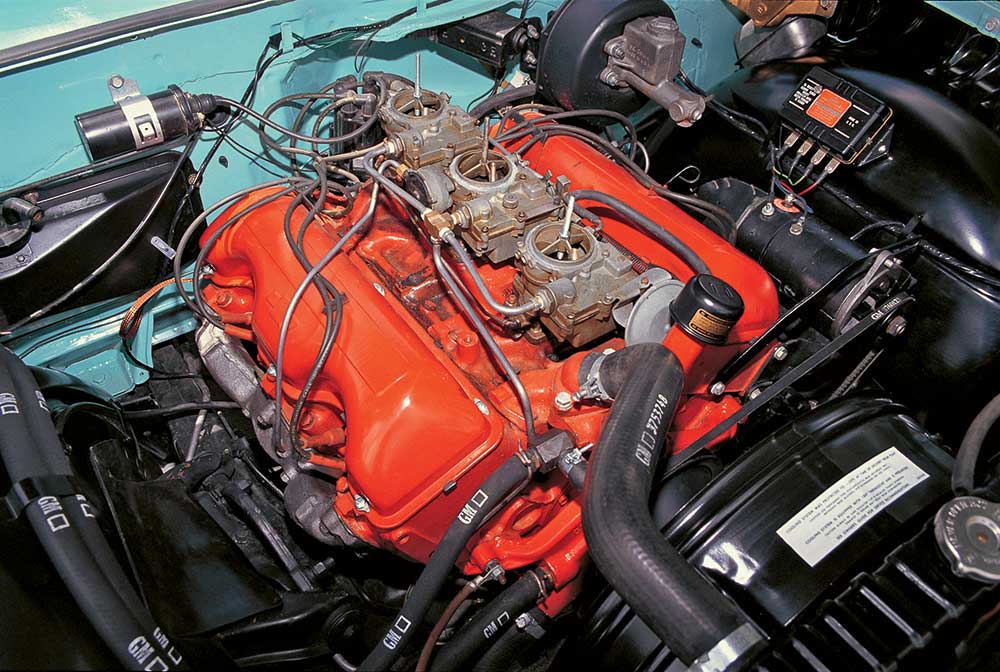
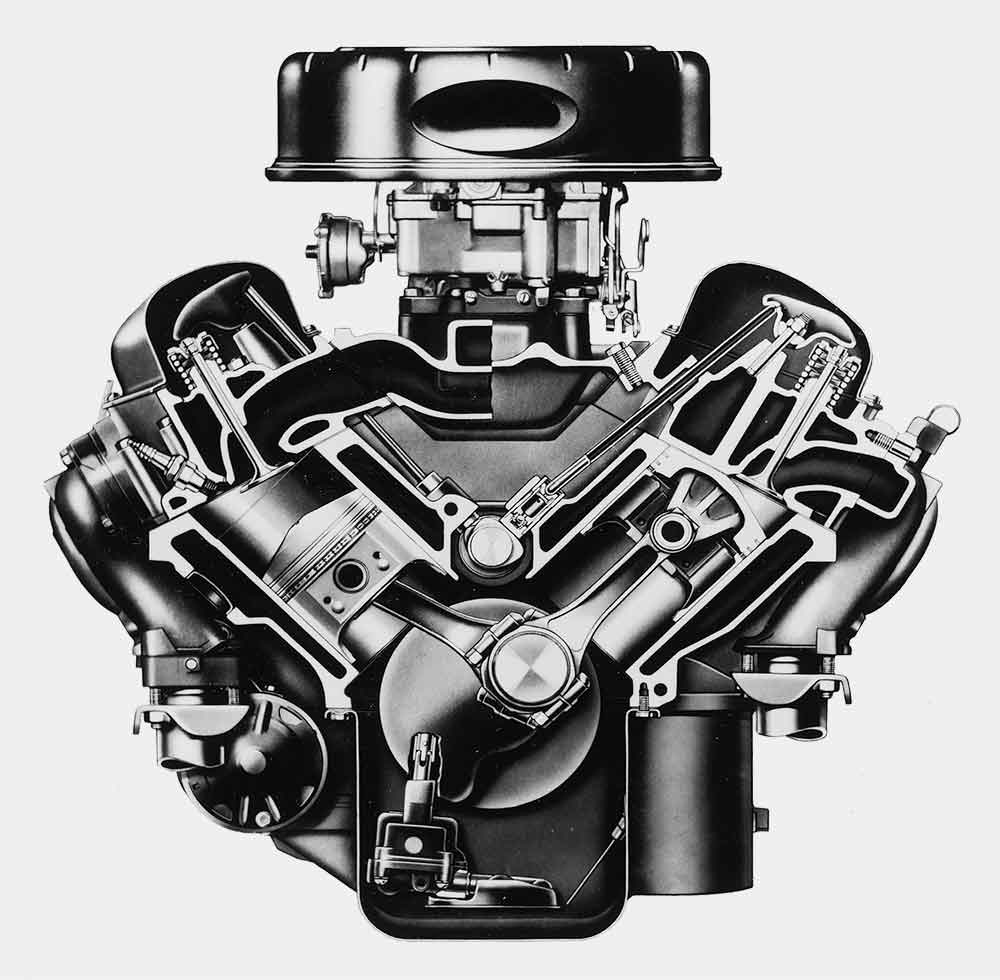
The Chevrolet small block turned the auto industry upside down in 1955. No longer was the fastest car available the most expensive. In fact the opposite became true, the lowest cost car was the fastest. This to the delight of many young men who were needed in the work force and had the money to get one.
I grew up in the country near Detroit where drag racing became a great hobby. Chevrolet was king, a Bel Air coupe or 210 two door sedan was faster than any Cadillac, Chrysler or Lincoln. When Packard and Studebaker joined their first expression was the Hawk series.
One night on a back road I saw the very expensive Golden Hawk get soundly trounced by a Bel Air coupe, the owner was the son of a Packard dealer and he was quite disappointed to say the least. Racers who lived near Woodward Avenue and only needed a car for minimal transportation drove disguised race cars. On Friday night everything fast came out to play, Chevrolet V8s were in everything from Henry Js to MG TDs after a couple of years. Learning how to make a powerful car go fast was a real trick. That was the learning experience that would last a lifetime.
No engine designed in the history of man has resulted in more fun for more people. No Ferrari, Maserati, Mercedes Benz or Jaguar, BMW or whatever.
Living in the country outside of Detroit there was a lot of interest in late night drag racing, Chevrolets always seemed to win and many of the technicians that worked at Chevrolet Engineering in Warren nearby in engine development hung out at the drive-ins at night. Their cars were always the fastest. The sound of a solid lifter small block at 8000 rpm is never to be forgotten.
Dick Ruzzin